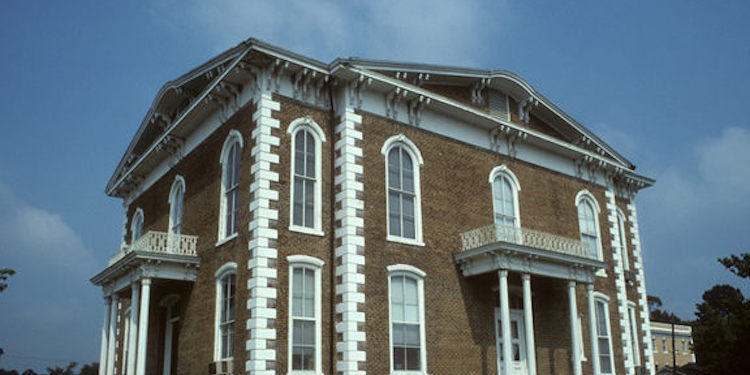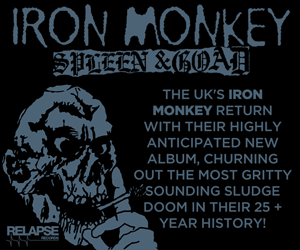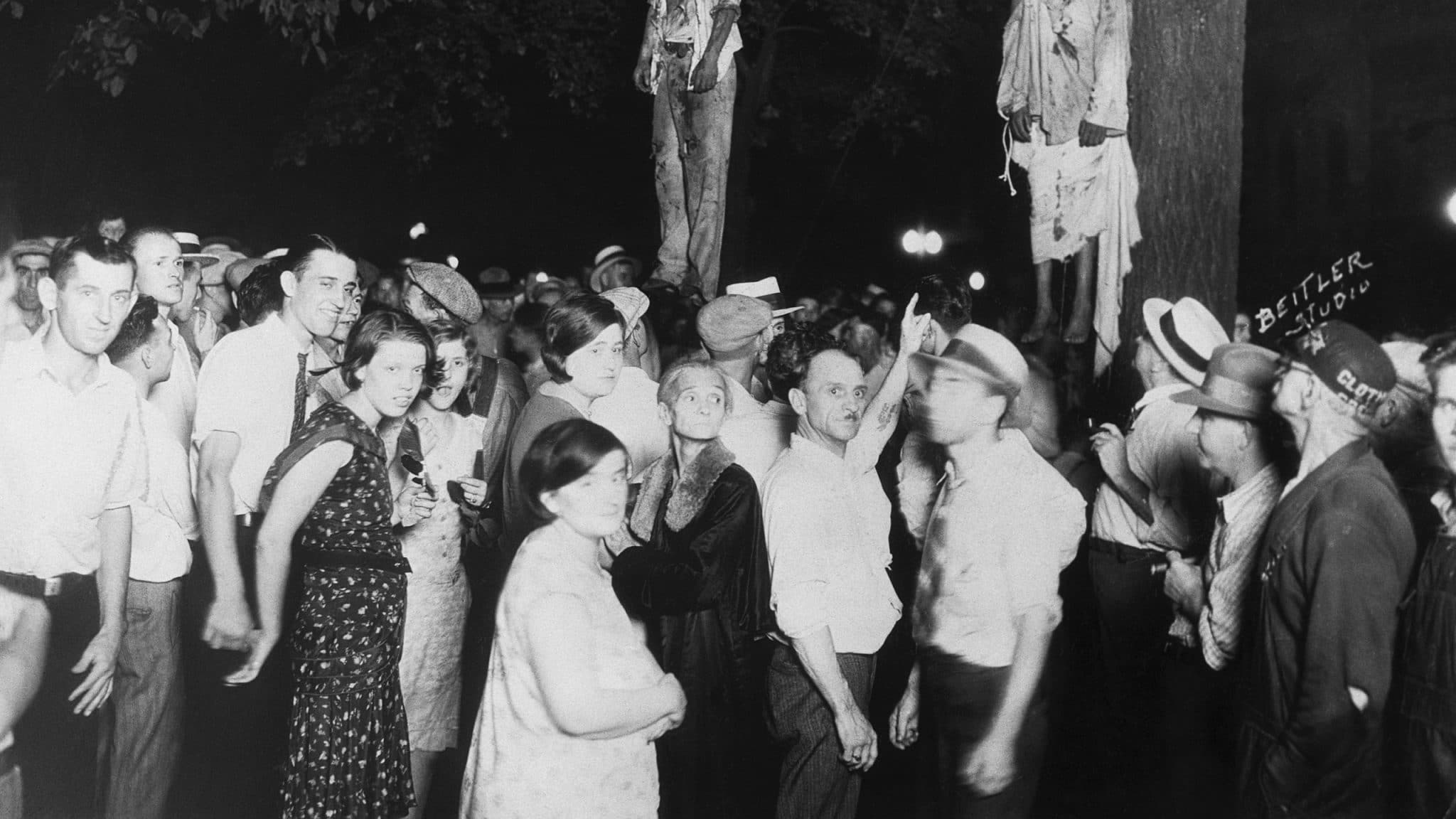Pickens county, Alabama. Deep in the heart of the south, a newly constructed court house stands tall and proud as a beacon for the townsfolk as a symbol of the foundations of American justice. Once a symbol of pride for the town now is a beacon for a different reason, as it was engulfed in flames. Its light illuminated the old town on that fateful night in 1887. Men, women, and children all gathered to see courthouse, swallowed up in the bright red flame. Kerosene containers were found littered around the courthouse, and rumor began to spread amongst the townsfolk with one name coming to everyone’s mind: Henry Wells. The sheriff of Carrollton knew of Wells unscrupulous record and concluded that if Wells did commit this crime, the reason was to destroy any documentation of his crimes that were housed in the courthouse. It wouldn’t be until two years later Carrollton that would hear from Wells again.
Henry Wells, an African American man living in Carrollton, was said to be a lowlife with a mean temper. In the words of the late Charles Manson, he was a straight razor if you got too close. Rumor was Wells always carried that straight razor around in his pocket, and if you got too close to him on a bad night, he’d cut you quicker than look at you. Upon the townsfolk claiming Wells burned down the courthouse, he devised a plan to leave Carrollton, and went through with it. Wells carried around his homesickness like a weight all during his two-year absence. His heart yearned for the hot, humid Alabama summers where he spent his childhood. Playing with friends, swimming in the local creeks, and terrorizing the town as children often do. Most importantly though, he missed his grandmother. He wanted to apologize to her for all the wrongs he had committed during this time.
Wells made the journey back to Carrollton, believing his crimes would be forgotten at this time. As he walked through the center of the town, he saw a newly erected courthouse. A beautiful new building that outshined its predecessor. He looked up at a window near the very top of the building and felt as if the building and that window was mocking him. As if the building suddenly grew long, terrible claws that would trap Wells’ soul there for all eternity.
Wells believed he could slip back into town undetected, but upon his arrival, someone saw him and reported it to the old town Sheriff. Rumors made their way all through the town, and the Sheriff had no choice but to investigate it. The sheriff, armed with the two-year-old warrant, went to the Wells’ grandmother’s home and informed him of his arrest in connection with the town arson. “Sheriff, I’ll go with ya, but you know I ain’t gonna get a fair trial in Carrollton. No black man can get a fair trial around here,” Wells was nervous, which only made his southern drawl even more noticeable. “Henry, you see this badge? It means it is my duty to make sure you get a fair trial, despite your skin color.” Wells, distrusting of the sheriff’s promise, knew he had only one option, so he went with the sheriff in hopes that he would truly receive a fair trial. Despite his morally questionable character, Wells knew that even though he was no saint, his greatest crime was being a black man in Alabama.

Word began to spread that Wells was in the city jail, and a mob of men decided that the wheels of justice were moving too slow for their liking. They bore pitchforks and torches, made their way to the city jail, and demanded Wells face his crimes. The sheriff was a step ahead of the mob, and told everyone to go home, and that Wells was not here. The mob dissipated and reformed down the road. Jugs of whiskey and moonshine were passed around. “If they aren’t keepin’ that son of a bitch in the jail, I bet he’s in the courthouse!” one man screamed. This reignited the mob, now fuelled by hatred and 90 proof whiskey, ran to the courthouse and broke down the door.
Wells stood in the garret room overlooking the town. The mob, illuminated by bright torches, quickly made their way to the front door of the court house. A loud crash of thunder filled Wells ears, and rain began to shower the town. Wells, helplessly staring out at the window as the mob began to fill the courthouse square, began to yell, “I am innocent, and if you kill me, I will haunt you forever!” That night, the mob crushed Henry Wells beneath the hammer of justice and beat him until he was an unrecognizable pile of gore. This, unfortunately, was the norm for many African Americans living the in the American south during this time period.

The next morning, one of the men in the mob walked passed the courthouse and looked up at the old garret window. A scream of terror erupted from his throat, as he yelled, “it’s him! It’s Henry Wells!” The men gathered in the court square and were haunted by what they saw. The face of Henry Wells stared over the town, as if he had ownership over the town and all who inhabited it. The sheriff went up to the room with a bucket of water and soap, and scrubbed so hard he almost broke the glass, yet the face remained.
This courthouse still stands today, and so does the face of Henry Wells, who despite cleaning, storms, window changes, and every other solution possible, still stares over his town. If you find yourself in the heart of Dixie near Carrollton, Alabama, stop by and say hello to Henry, because he will already be looking for you.




